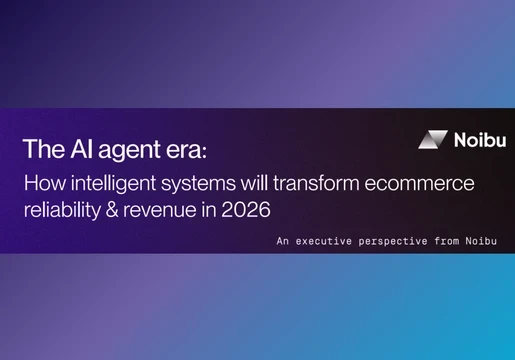Gartner, the world's leading research and advisory company, has released its evaluation on this year's UCaaS vendors. However, it is apparent that not much has changed since the 2017 rankings.
According to Gartner, by 2021 90% of IT leaders will be using the cloud rather than new premises-based UC infrastructure. This estimation is up from 50% today, apparently because "future cloud UC offerings will be far ahead in terms of features, functions, portals, analytics and dashboards.”

How does the Magic Quadrant work?
The Gartner Magic Quadrant is designed to position technology players within a specific market. By applying a "graphical treatment and a uniform set of evaluation criteria," the Quadrant can "ascertain how well technology providers are executing their stated visions."
In addition, the Quadrant positions four types of technology providers in markets "where growth is high and provider differentiation is distinct." These include Leaders, Visionaries, Niche players, and Challengers.
The UCaaS Leaders
Gartner's methodology involves evaluating vendors according to their "completeness of vision" and "ability to execute" innovative technological solutions. The top leaders in 2017 were 8×8, BT, Orange Business Services, RingCentral, Verizon, and Wes.
Flash forward to 2018, and the best performing leaders are pretty similar. RingCentral, 8x8, Orange, BT, and Verizon all made the cut - but Wes fell short.
The UCaaS Visionaries
According to Gartner, visionaries "understand where the market is going" or have a "vision for changing market rules", but do not yet execute well. This year, Fuze, Broadsoft, and Mitel were classed as visionaries in the UCaaS space.
The Niche Players
Niche Players are companies that "focus successfully on a small segment," or are "unfocused and do not out-innovate or outperform others." In 2018, the niche companies were Star2Star, Masergy, and NTT Group.
The UCaaS Challengers
Last year, AT&T, Google, and Microsoft were classified as companies that were rapidly moving towards leadership positions. In 2018, all three remained challengers with the addition of Cisco and NTT Group.
Want to know more about Unified Communications as a Service? Listen to our podcast with UC expert David Danto.







Comments ( 0 )